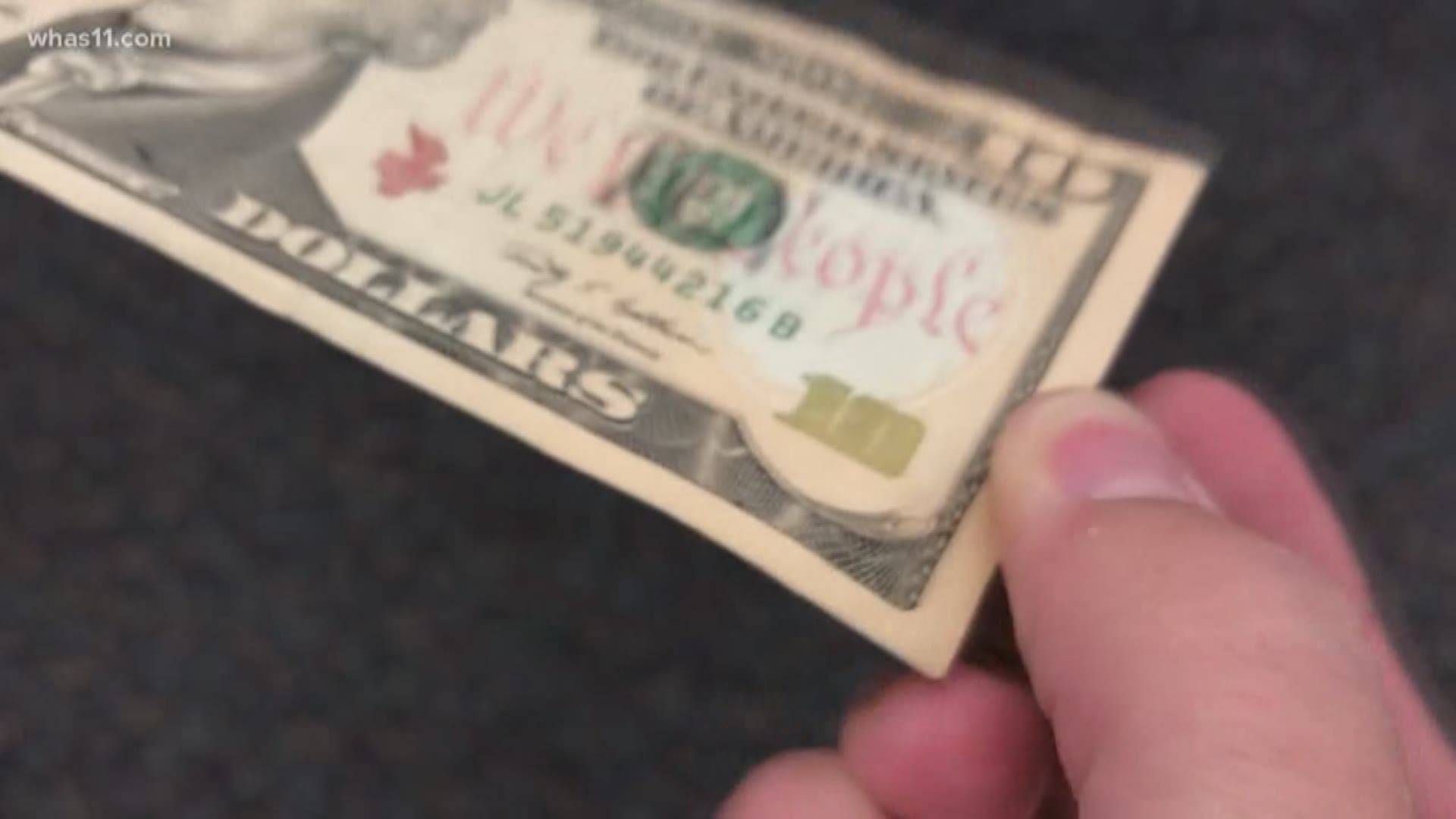Criminals are getting more sophisticated when it comes to creating fake cash. If you don’t want to get stuck with bills that are worth about as much as Monopoly money, there are some things that you need to keep an eye out for.
Since the mid-2000s, the federal government has been updating bills to make them harder to copy, but it still happens. The $20 bill is the most frequently counterfeited note in the U.S., according to Reuters.
Here are some things you can look out for and some resources you can use:
Lines: If you have a bill that seems a little fuzzy around the edges, it may be fake. Real money is printed to have specifically defined and crisp lines.
Light Test: With bills $5 and higher, added security features make it easier to decipher fake bills from the real ones. The bills are designed to react to UV light, so if you hold it up to the light, you should see numbers change colors, and the face on the bill should appear on the back. To see what these bills are supposed to look like in the light, check out these denomination images.
Marker: If you really want to go the extra mile, you can buy a color-changing marker online. The color that the ink makes on the bill tells you if the bill is real or not. You can buy them on Amazon for about $1 a piece.
If you do end up with counterfeit money, you need to call the police immediately. Try to remember where you got that bill from and keep it separate from your real money. Why go to police? They need to know that someone in the area could be making fake bills - and it’s not like you can spend them anyway.
Make it easy to keep up-to-date with more stories like this. Download the WHAS11 News app now. For Apple or Android users.
Have a news tip? Email assign@whas11.com, visit our Facebook page or Twitter feed.

